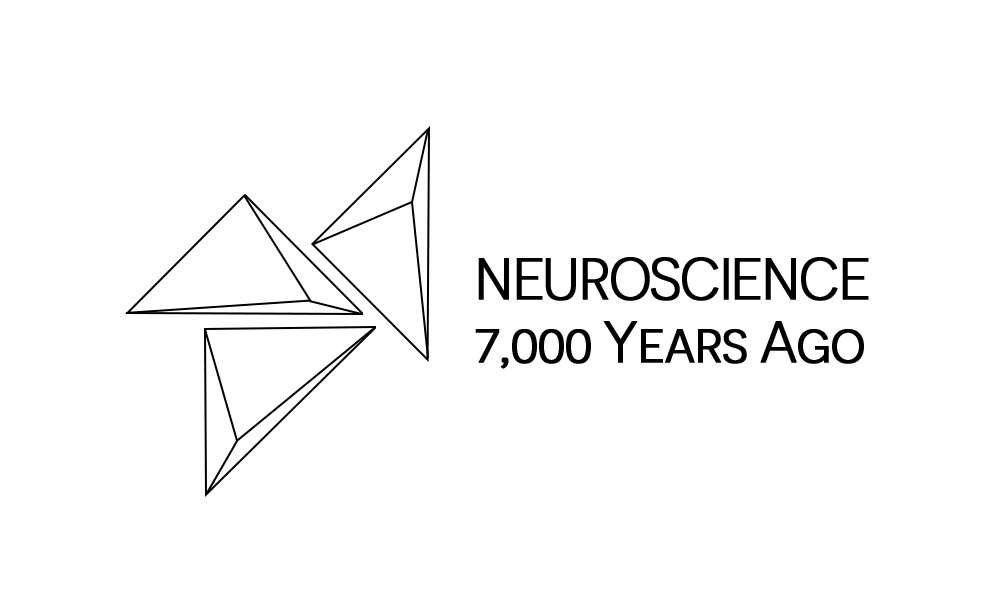
A Treatment for Love Sickness?
Ibn-Sina recognized ‘physiological psychology’ in treating illnesses involving emotions. From the clinical perspective Ibn-Sina developed a system for associating changes in the pulse rate with inner feelings, which has been viewed as a forerunner of the word-association test of Jung. He is said to have treated a very ill patient love sickness (Ishq) by feeling the patient’s pulse and reciting aloud to him the names of provinces, districts, towns, streets and people. By noticing how the patient’s pulse quickened when names were mentioned, Ibn-Sina deduced that the patient was in love with a girl whose home Ibn-Sina was able to locate by the digital examination. The man took Ibn-Sina’s advice, married the girl and recovered from his illness [1, 2].
Avicenna also linked physical and psychological illnesses as he described melancholia (depression) as a type of mood disorder with characteristic associated phobias. Also, he pointed to anger as a factor in the progression of melancholia to mania. He hypothesized that happiness increases the breath, leading to uncontrolled increase in brain moisture and resulting in mental disorders [3]. Avicenna also discovered a condition resembling schizophrenia and described it as Junun Mufrit (severe madness) with characteristic symptoms such as agitation, behavioral and sleep disturbance, giving inappropriate answers to questions and occasional inability to speak. He wrote that these patients must be restrained in order to avoid any harm they might cause to themselves or to others.
References:
1 Syed, I.B.: ‘Islamic Medicine: 1000 years ahead of its times’, Jishim, 2002, 2, pp. 2-9
2 Mohamed, W.M.: ‘Arab and Muslim contributions to modern neuroscience’, IBRO History of Neuroscience, 2008, 169, (3), pp. 255
3 Haque, A.: ‘Psychology from Islamic perspective: Contributions of early Muslim scholars and challenges to contemporary Muslim psychologists’, Journal of religion and health, 2004, 43, (4), pp. 357-377






